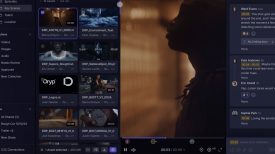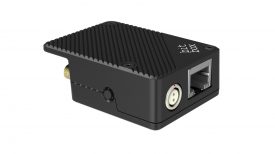
Lilliput are probably best known for making affordable small monitors for DSLRs, cars, computers and FPV use. They also make a range of broadcast monitors which include several SDI equipped models.
Recently they introduced what they claim is the world’s first 10.1” UHD 4K resolution field monitor. The Lilliput A10 has a native resolution of 3840 x 2160 and can accept up to 4K 60Hz via it’s HDMI 2.0 port. The panel won’t natively deal with the wider DCI 4K.
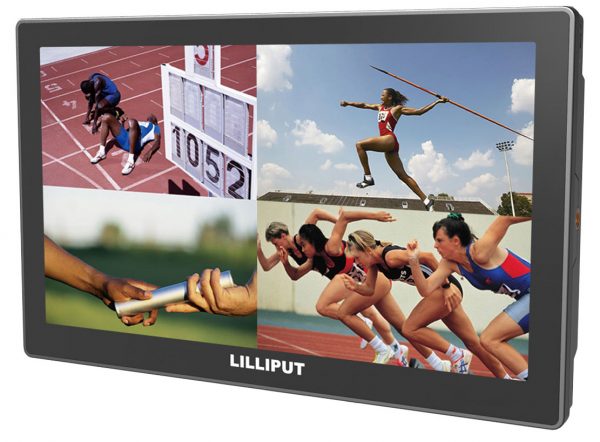
The panel itself is an 8-bit IPS display with a 160 degree viewing angle. It has a 1500:1 contrast ratio and a modest 400 nit brightness – similar to a Macbook Pro, but nothing like the latest high brightness offerings from Atomos, SmallHD or Transvideo.
10.1” is definitely on the big side for a camera top monitor. Imagine putting an normal sized iPad on your camera and that’s pretty much it. That said the case design is quite low profile and the slightly bigger size might mean it works well as a client or director’s monitor.
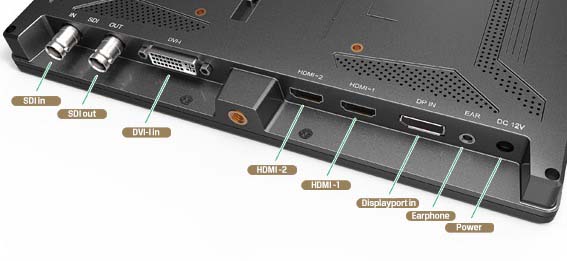
The monitor also has a 3G-SDI input, but this means it is limited to HD resolutions. (It would require 6G-SDI, or multiple 3G-SDI connections in order to accept 4K video signals over SDI). Most regular HD resolutions and frequencies are supported, but its worth checking your camera’s specific output to make sure it is accepted. There is also a DVI-I port for connection to a computer.
The A10 has a decent range of image viewing and control functions. There is false colour, peaking, image flip, screen markers, overscan and underscan. There isn’t any mention of 2x or greater magnification functions in the specifications though. You can’t load a LUT either.
Power is via a 12v barrel connector input. Optional battery plates can be attached to the back of the monitor. The regular options are available like Sony NP-F, V-lock and Anton Bauer.
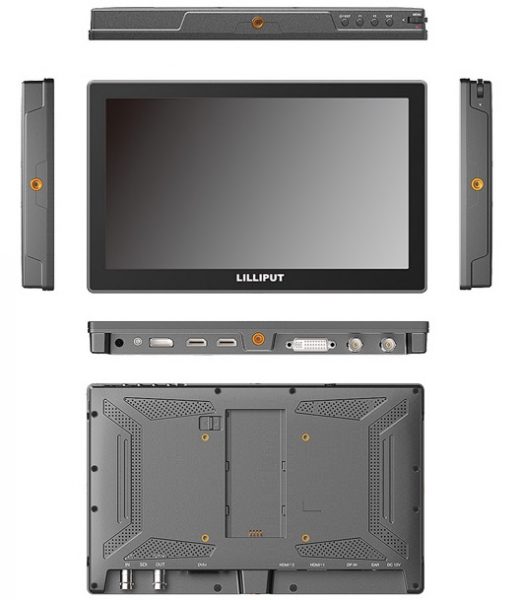
Having seen smaller 4K displays on tablets and computers I’m not sure that having all that extra resolution helps too much with focussing and composition at this screen size. On balance I think I would rather have a smaller, brighter, lower resolution screen with better peaking, LUTs and magnification options, than a 4K one with conventional controls. Still, its nice to know the resolution is there I guess and its hard to form a proper opinion without actually seeing the A10 in action.
Another use for the A10 would be as a second screen for your computer. I can imagine using an A10 like this in the field, if I had a computer with powerful enough graphics to run a second screen at full 4K.
Perhaps the most surprising thing about the new A10 is the price. It is listed at just $599 US on B&H and £478.80 (inc VAT) in the UK. If you are tempted enough to buy the A10, then do let us know how you get on with it.
You can find out more about the A10 on the Lilliput UK website.



